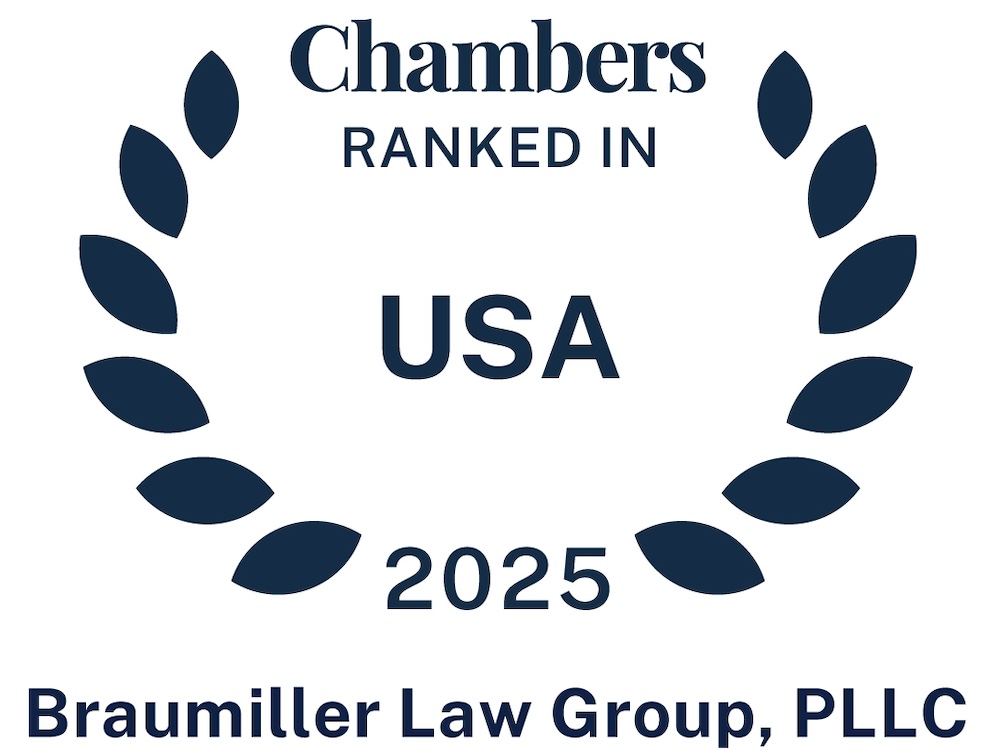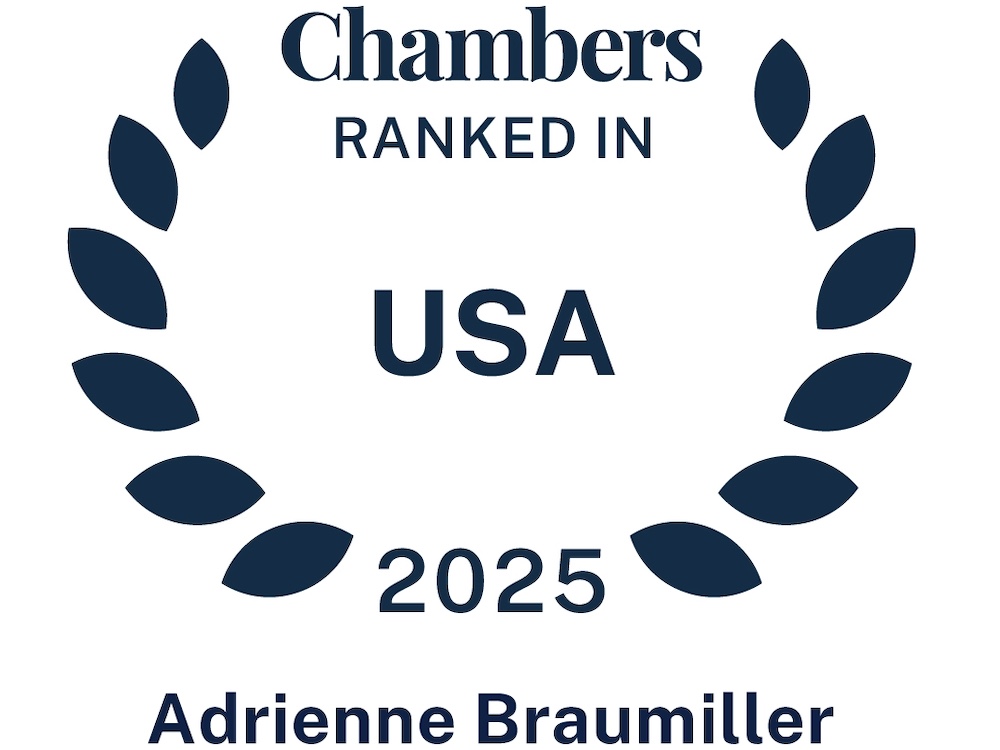For over a year now, Customs has periodically mentioned the development of another pilot program which seeks to increase the agency’s flexibility and company specific understanding of trade compliance and supply chain security. The new program, which is currently named the Trusted Trader Program, would consolidate the Customs-Trade Partnership Against Terrorism Program (C-TPAT) with the Importer Self-Assessment Program (ISA). A better description might say that C-TPAT will be swallowing ISA since the Office of Field Operations, which oversees C-TPAT, will be taking over the functions currently delegated to the Office of International Trade, which oversees the ISA program. Under the newly combined programs, importers will have several options in terms of whether they want to be a member of a trade compliance program, supply chain security program, or both. The options are:
- Join C-TPAT, but not the Trusted Trader Program;
- Join C-TPAT and the Trusted Trader Program; or
- Join neither program
For those importers already participating in C-TPAT, they will have the opportunity to join the Trusted Trader Program. Those importers already participating in C-TPAT and ISA will automatically be transitioned into the new Trusted Trader Program. As is the case now with the current ISA Program, importers will first be required to join C-TPAT, which emphasizes supply chain security. If they want to further improve their trade compliance, then they can join the Trusted Trader Program (TTP).
Customs is providing a number of incentives to importers to encourage them to participate in TTP. Some examples include the retroactive flagging for any of the four reconcilable issues (value, classification, 9802, or NAFTA) and exemptions from non-intrusive inspections (NII), except in cases where there is a major compliance concern. Allowing for retroactive flagging will allow members to go back and flag entries anytime from the date of entry filing up until liquidation, while exemptions from NII will allow importers to avoid having shipments held up by CBP’s security searches. For many importers, these incentives may have a huge impact in terms of duty savings.
Additionally, Customs maintains that this program will reduce the time and costs associated with applying for C-TPAT and ISA as well as the costs associated with separate validations and/or revalidations. Currently, an applicant for C-TPAT would have to apply via the C-TPAT Portal whereas an application for ISA is achieved via a paper submission. Under the new program, both applications would be handled via the C-TPAT Portal 2.0. Additionally where an applicant applies for both C-TPAT and Trusted Trader status, the validations for security and trade compliance would be conducted together while any revalidations would generally be limited to C-TPAT based on the applicable program schedule. Trusted Trader revalidations would not be a routine matter but rather would only occur when deemed necessary. Next, all program updates (i.e., annual certifications for both security and compliance) would be handled via the C-TPAT Portal. Finally, CBP is also holding out the possibility of offering additional incentives to low-risk industries.
Another potential advantage to both Customs and importers is that the new program will leverage the resources and expertise provided by the newly created Centers for Excellence and Expertise (CEE), which will manage Trusted Trader Accounts. The newly consolidated C-TPAT and ISA program, working in conjunction with CEEs, should help Customs to adopt a more holistic approach when dealing with importers.
So, what’s next? Customs’ goal is to select applicants for the Trusted Trader program later this month via a Federal Register Notice when it rolls out phase one of the project (assuming the shutdown doesn’t throw a wrench in the timing). There will be a total of three phases to the program, each lasting approximately 6 months – each phase building on the lessons learned, efficiencies achieved and any needed improvements identified from the prior period.
Applicants to the program will be vetted within 30 days of Customs receiving their applications. In deciding which importers may join the program, Customs will be looking at the applicant’s:
- Enforcement risks;
- Compliance history;
- Prior audits;
- Documented system of internal controls;
- Financial reviews; and
- Corporate history, structure, and ownership.
The Customs coordination team will analyze the complexity of the applicant’s business and will determine how extensive the validation effort should be based on the factors identified above.
Although it has not launched yet, Customs envisions possible future changes to the program including the development of a tiered system, as exists in the C-TPAT program, and the inclusion of other government agency (OGA) “trusted trader” programs. While this role that OGAs could play has not been defined yet, CBP’s goal would be to incorporate these OGA’s to increase information sharing and to provide additional tangible benefits to participants (such as being automatically recognized or accepted into OGA programs) .
Braumiller Schulz urges importers to consider how valuable the new program will be to their company, especially in light of the incentives Customs has put on the table. Programs like C-TPAT and ISA have resulted in huge cost savings and a reduction in import procedure headaches for our clients. The newly created program should also offer those same benefits while consolidating two separate application processes as well as minimize cost and disruption by preparing and attending one validation instead of two. Furthermore, the incentives currently offered may result in large duty refunds for many participants with expanded reconciliation opportunities in addition to reduced shipment processing time as a result of the exemption from NII. We recommend businesses consider these potential advantages in deciding whether to participate.
By Adrienne Braumiller, Partner


























